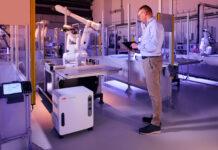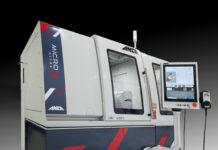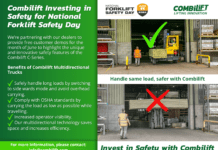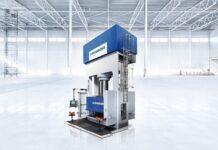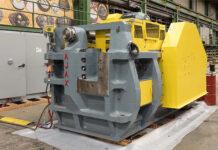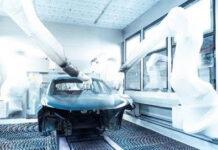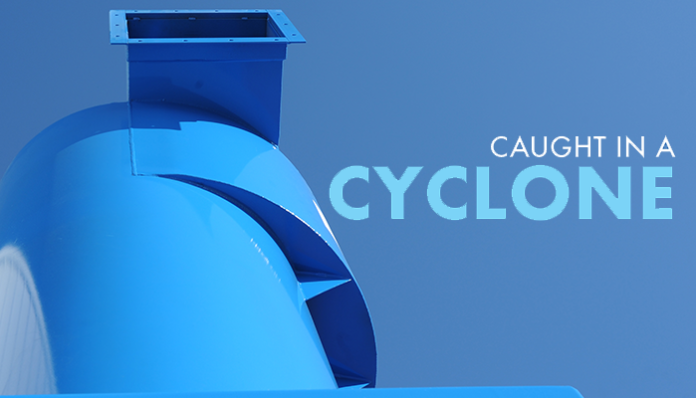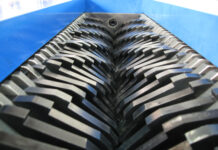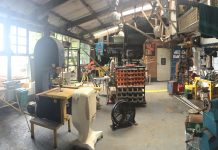
By: Jim Will
Many of us have seen the large funnel shaped mass of metal sitting outside of a manufacturing facility, school or processing plant. These are often cyclone dust collectors and they come in many shapes and sizes. Typically, they are dust collection devices for larger particles and can also be utilized as a product separation device. Convenient and simple, cyclone dust collectors contain no filters and the only moving parts are the fan and motor. If you are curious how they work or are wondering which one will be the right one for your process, read on.
How They Work
 Cyclone dust collectors filter dust by utilizing centrifugal, buoyant and drag force. When
Cyclone dust collectors filter dust by utilizing centrifugal, buoyant and drag force. When
dust laden air enters the cyclone at a controlled speed, the heaver dust particles are forced to the outside of the cyclone wall. This friction allows the dust particles to drop to the bottom of the cyclone into a collection device. The spinning air creates a secondary vortex in the middle of the cyclone that exhausts the clean air out the top. Cyclones operate at various efficiencies depending on factors such as height to width ratio, pressure drop, CFM and inlet type.
Most cyclone collectors never operate at peak efficiency. In order to reach maximum efficiency, all the factors mentioned above need to measured precisely and the cyclone manufactured to the specifications based on those measurements. If designing a new system, these measurements can be estimated closely with a knowledgeable engineer and precise measurements of duct length runs and sizes. However, the expense of manufacturing a custom cyclone collector to match these measurements is cost prohibitive. Instead, purchasers should look for a cyclone that shows efficiency based on CFM to pressure drop and choose the cyclone that is a close match for their application.
Efficient cyclones are capable of filtering 90% of particulate down to 20 microns or smaller. Options for collecting more particulate may consist of adding an additional cyclone in a series increasing the efficiency an additional 90%, making the total efficiency 99%. If smaller particulate size is needed for additional filtration, a bag house filtration system can be added.
The Involute Inlet
The involute inlet is an important part of any cyclone dust collection system. The involuteinitiates the cyclonic action of the dust laden air when entering the dust collector. This allows the clean air vortex to exhaust without the disruption of particulate entering the cyclone. Without this feature, dust laden air would enter the cyclone directly into the exhaust vortex removing much of the efficiency.
Do Your Homework
If you are in the market for a cyclone dust collector, there are some steps you can take to insure you obtain the efficiency that you require for your application. Know your CFM requirement. This is calculated by knowing how much airflow you require at each pickup point within your system. This can be a single pickup point or several.
Know your water pressure drop. This is calculated by understanding how much force it will take to move the air and particulate at the CFM you require. If these calculations are beyond your knowledge, make sure to hire an engineer who is knowledgeable in dust collection or a dust collector manufacturer that has the engineering experience and willingness to assist you in making these important calculations.
About ProVent
ProVent, LLC produces engineered ventilation products for industry that have been in the marketplace and continuously improving for over 40 years. With the years of combined experience in design and application of systems, ProVent assures customers that the knowledge base necessary to be a reliable provider are firmly in place, and an asset to them in their search for answers to their most challenging projects. ProVent products are engineered and manufactured in Harbor Springs, Michigan.
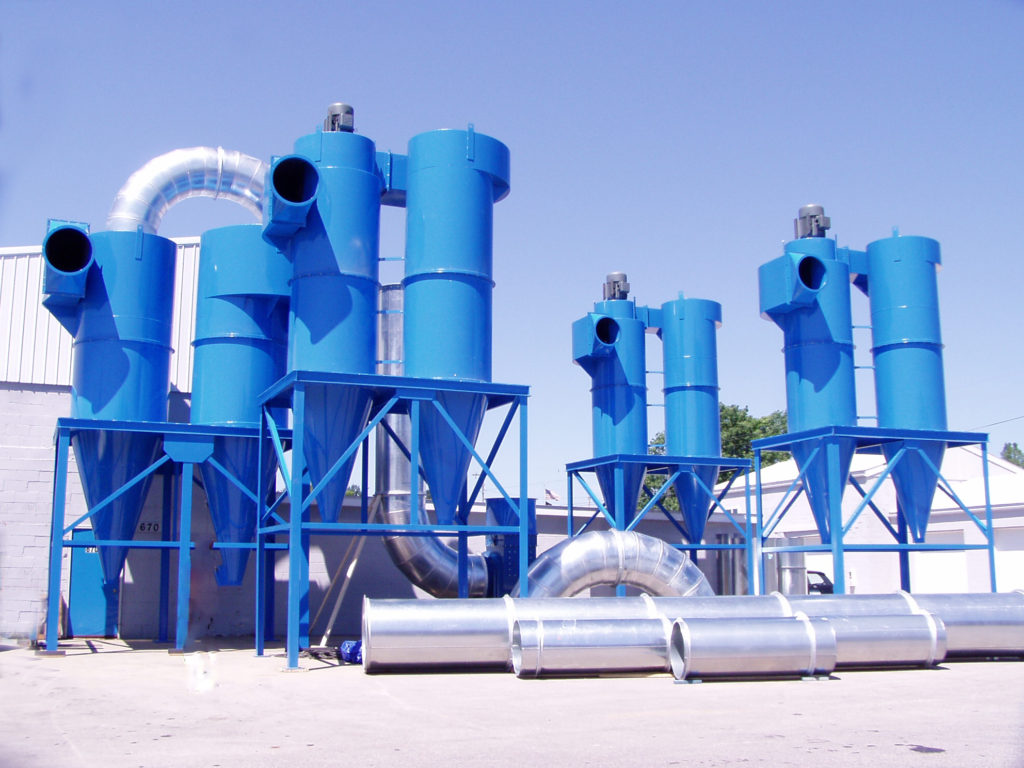
For more information, visit www.proventilation.com


